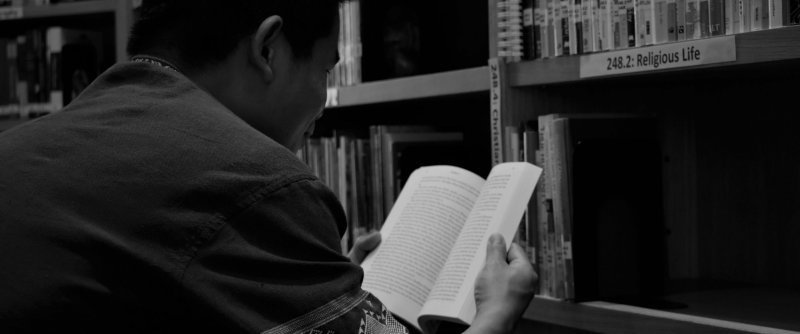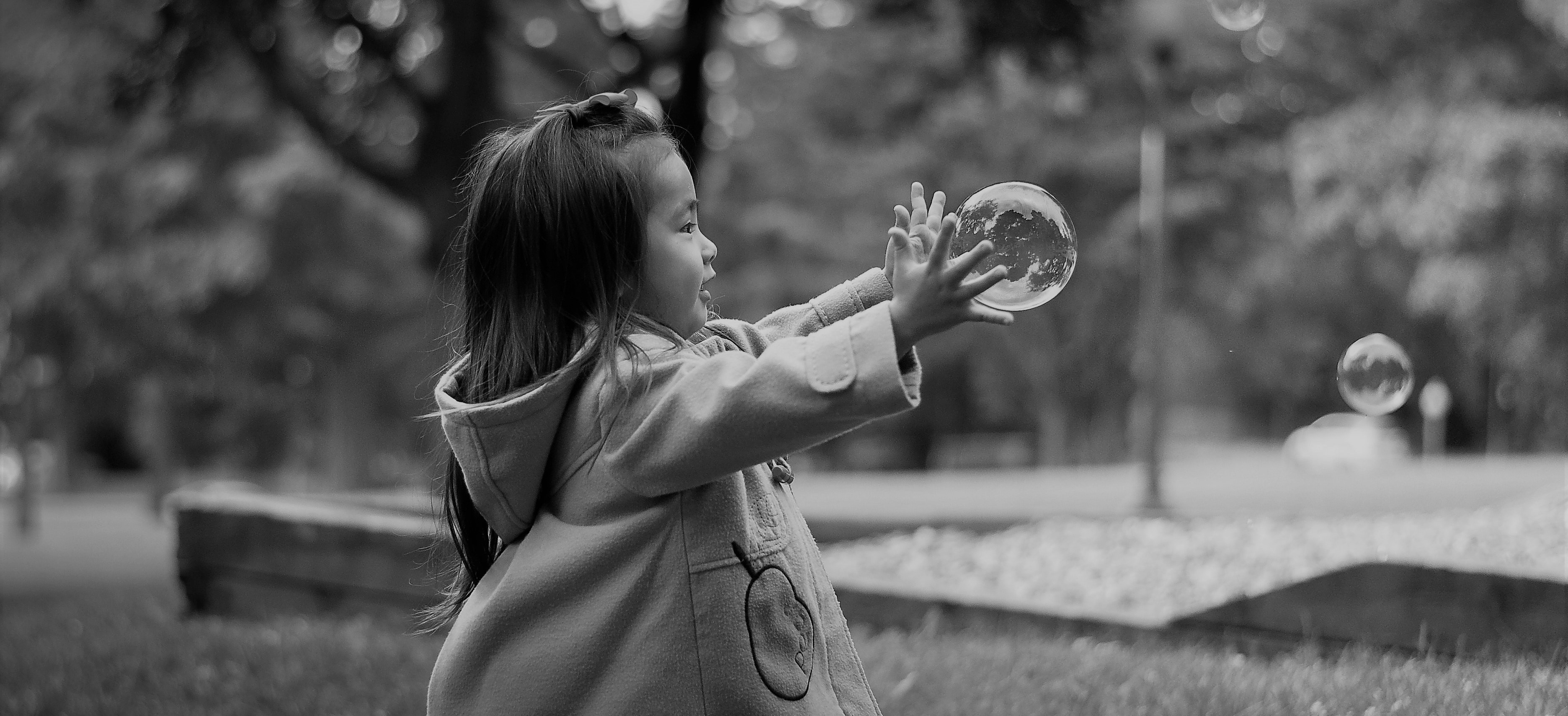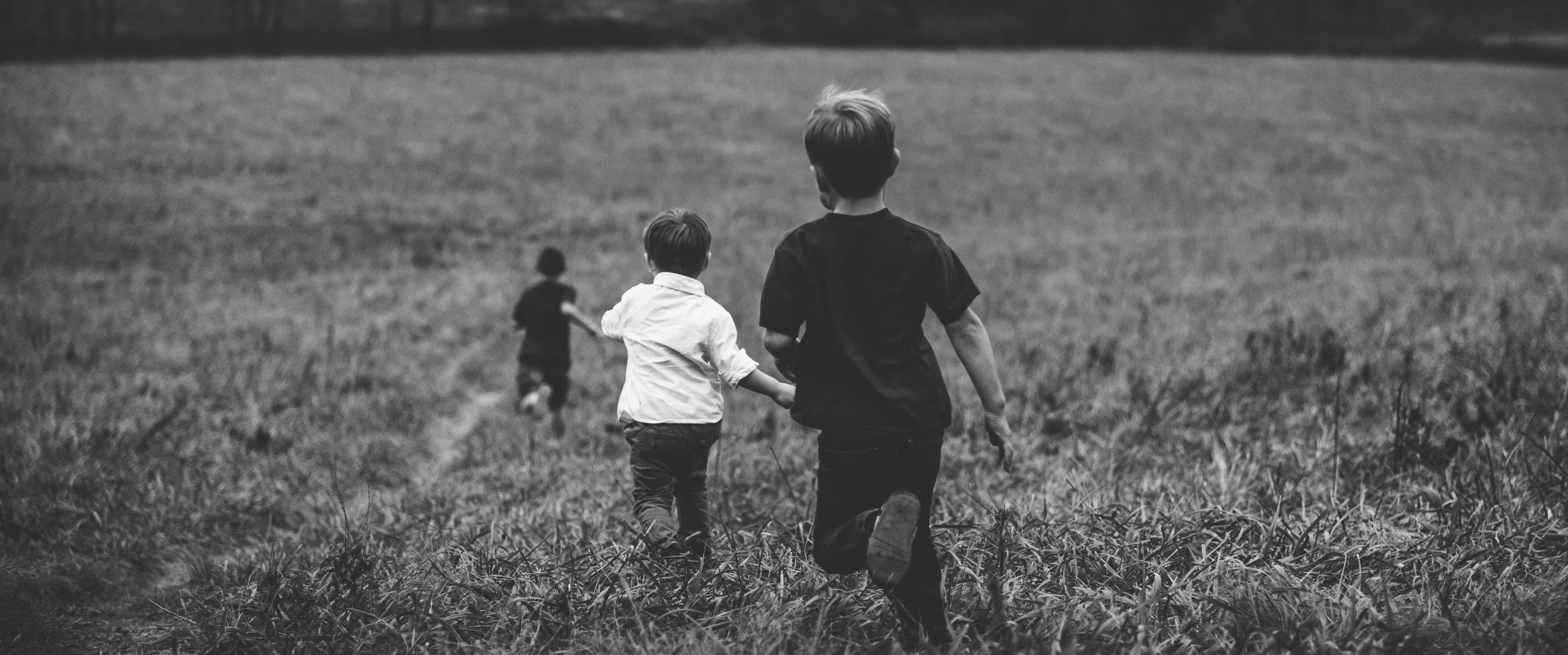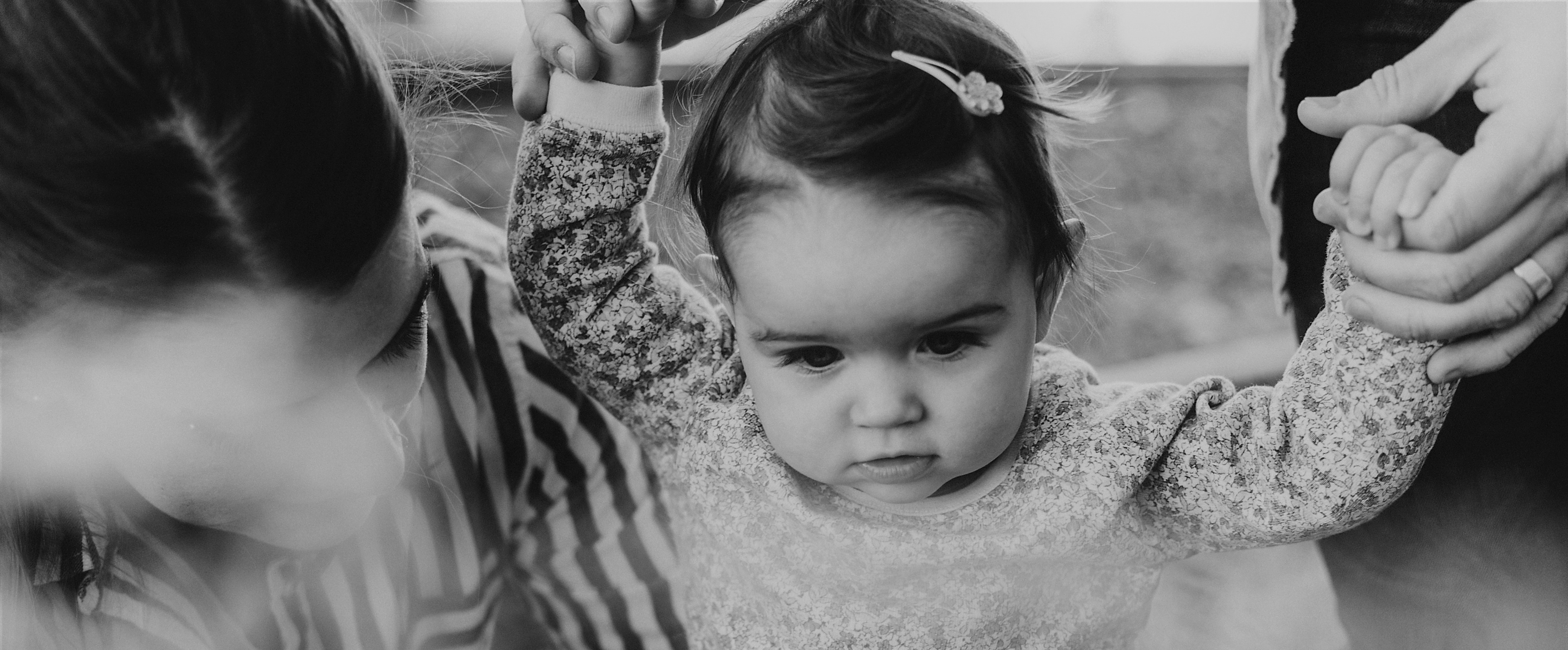“The word itself – dyslexia – is ironically very hard for dyslexic people to spell correctly”
Eddie Izzard
Up to one in five people are influenced by dyslexia, including me and Eddie Izzard. Our differing genetic differences inform our ability to process and learn information – however, we can also simplify difficult problems, explain them with clarity, and see multiple perspectives making distant and unusual connections that others might not notice.
Some describe it as thinking outside the box – but it’s more than that – we are curious people, who notice numerous other boxes that need to be urgently investigated!
We are now learning to celebrate the positives of not being neurotypical, so let’s share this information with our children and young people who have received a dyslexia diagnosis or may have undiagnosed traits.
These children and young people sometimes present with mental health issues including anxiety and low mood; on closer investigation they also report struggling academically and unsupported dyslexia is sometimes there in the background making life difficult for the child.
Made by Dyslexia is an organisation whose mission is to help teachers spot, support and empower every dyslexic child and to help the world value dyslexic thinkers. Together with their Join the Dots campaign to help organisations and work places harness dyslexic thinking – their recent report ‘The Dyslexic Dynamic: Why Dyslexia Can Help Meet Today’s Talent Challenges’ is available on their website. Made by Dyslexia is proving to be a powerful advocate for the dyslexic advantage.
Dyslexic thinking can be highly desired in the work place – we know that many entrepreneurs are dyslexic and creative industries are awash with us. And now GCHQ reports that its official dyslexic people make great spies!
Further reading includes The Dyslexic Advantage. Unlocking the Hidden Potential of the Dyslexic Brain by Dr Brock L Eide and Fernette F Eide, published in 2011 this book describes the dyslexia processing style as a gift. It helps us understand the power of our own dyslexia or that of our children.
Dyslexie, is a typeface designed in 2008 for those influenced by dyslexia. By ignoring basic typography rules Dyslexie letters have heavier bottoms, longer sticks and different shapes. The centre of gravity is shifted in the design so the letters sit it nicely and snuggly on the page so helping the readability of words.
So welcome to thinking about dyslexia differently – it can be both a pleasure and a pain to live with but life would be less interesting without it.
Brighton and Hove Psychotherapy is a collective of experienced psychotherapists, psychologists and counsellors working with a range of client groups, including fellow therapists and health professionals. If you would like more information, or an informal discussion please get in touch. Online therapy is available.


 “Watch your plants and see what they’re telling you” (Ollie Walker, Hosta grower, Gardeners’ World, BBC2, 14.6.19).
“Watch your plants and see what they’re telling you” (Ollie Walker, Hosta grower, Gardeners’ World, BBC2, 14.6.19). The Paradoxical Theory of Change
The Paradoxical Theory of Change